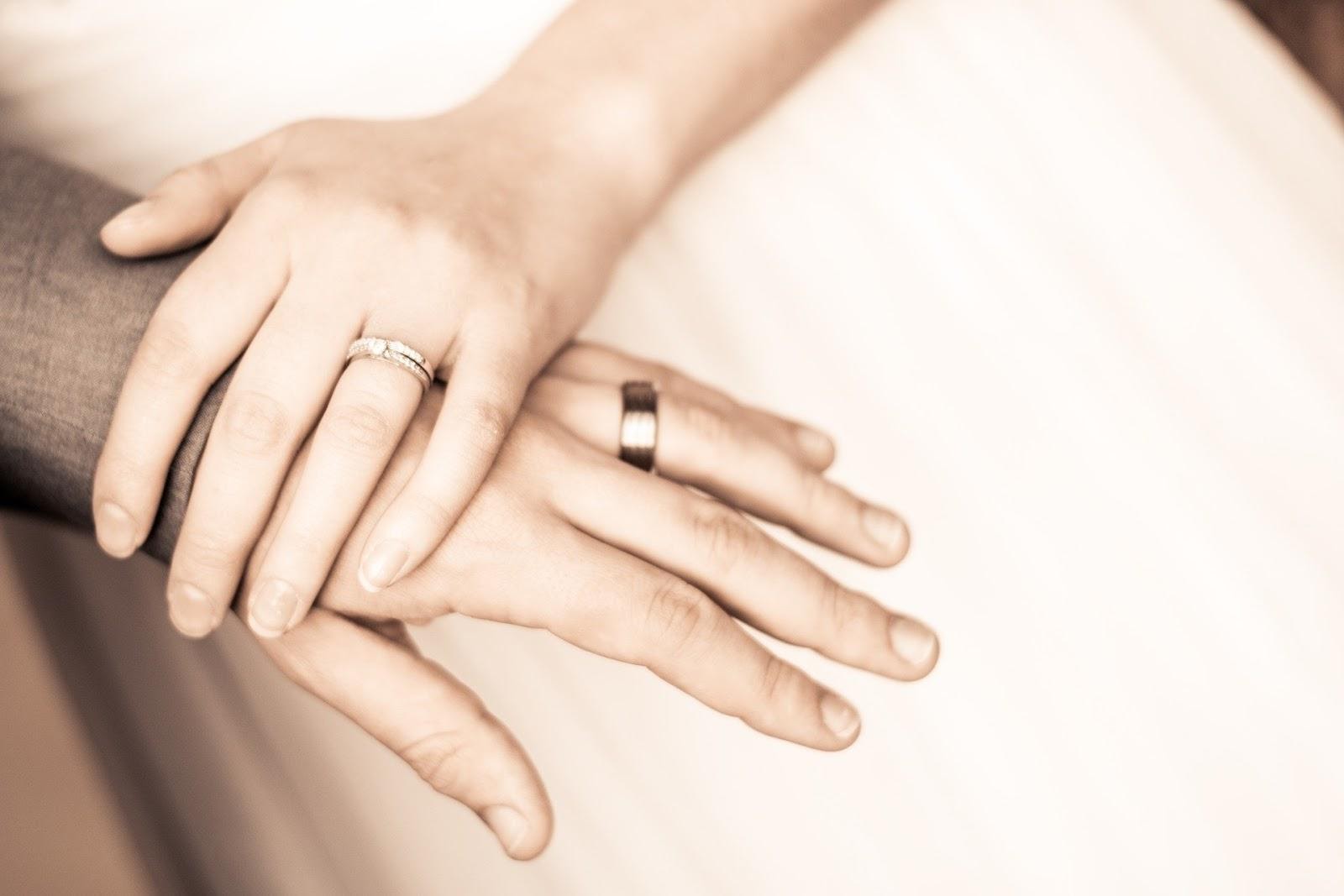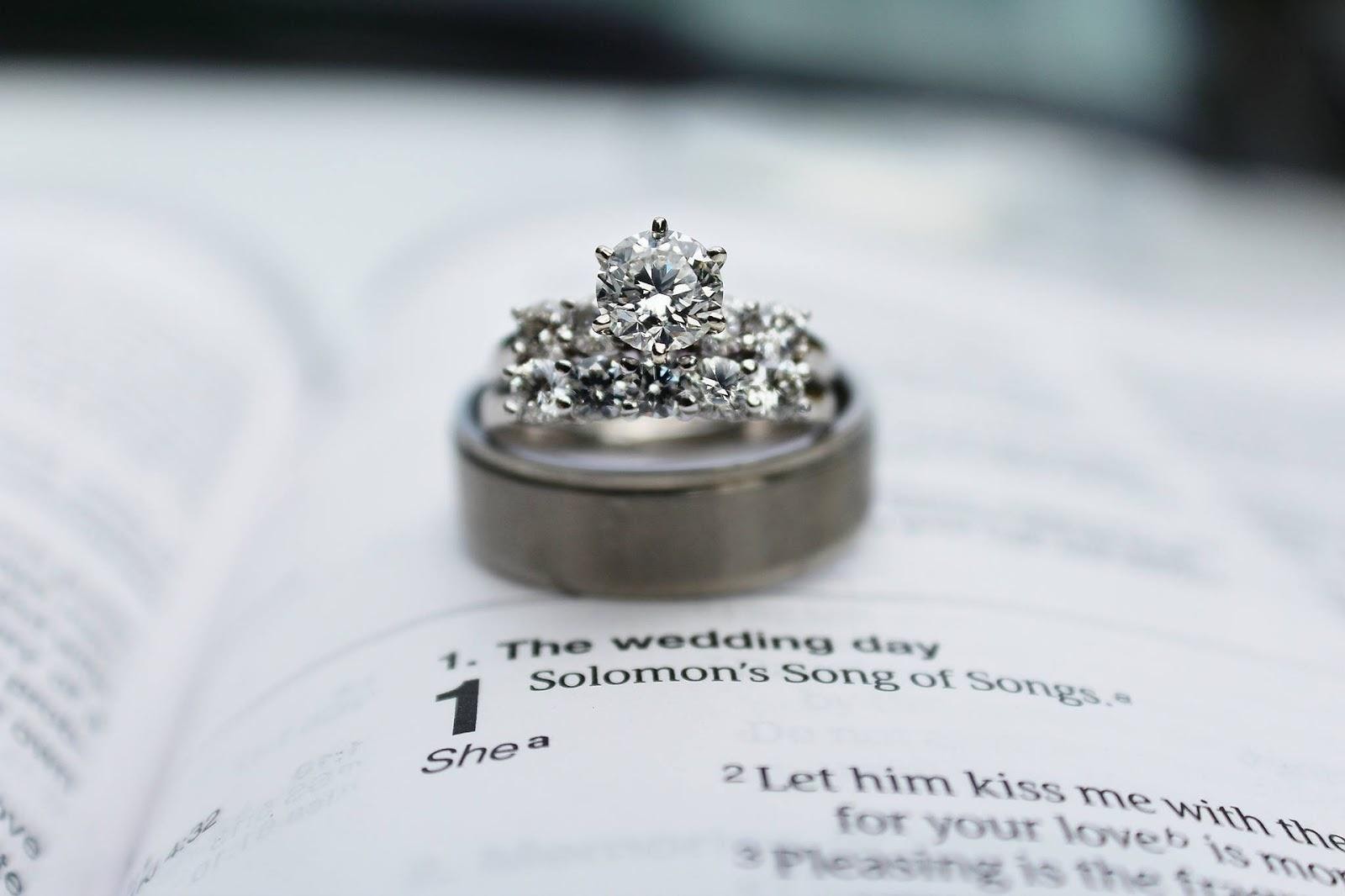The timeless beauty of diamonds makes them one of the most precious gemstones to exist. The shimmering gemstone captivated mankind since the dawn of time. Ancient men believed it to be fragments of stars and tears of gods. They considered it a sign of wealth, status, and power back then.

Diamonds are made up of a simple element called carbon. Intense temperature and pressure play a huge role to crystallize these carbons and form a diamond. Despite its simple make-up, its rarity and natural beauty are what make it valuable.
Until now, mankind’s love affair with diamonds still lives. We are besotted with its elegance that we consider it a symbol of love and commitment. It adorns romantic gifts and items like engagement rings, promise rings, and pieces of jewelry.
Every diamond is unique. Its monetary value depends on its qualities like color, cut, and size. Regardless of its popularity, many people are clueless when it comes to buying diamond jewelry. Whether it is for your significant other, your mom, or for yourself, you want it to be perfect and worth it.
Learn the basics when it comes to diamond shopping. Read below for some tips to guide you on your next diamond purchase
Diamond Shopping 101
1. Set your budget
It is understandable to feel the need to splurge when buying something for your loved one. Yes, they deserve all the diamonds in the world but let us be practical. Match your budget with the diamond you are going to buy. This is especially true for engagement rings.
The age-old rule on spending three months of your salary to buy the perfect engagement ring – well, you can disregard this outdated gimmick and consider your financial situation first. Buy what suits your budget. Planning a wedding is costly enough.
Do price research before buying any diamond jewelry. There are many options available today. Sustainable diamonds even exist.
2. The 4Cs of Diamonds
The 4Cs are the standard method of determining the quality of a diamond (read more). This method is used worldwide to serve as a universal language when it comes to buying diamonds.
- Cut – pertains to the shape and dimensions of a diamond. The cut determines the diamond’s ability to sparkle. Its ability to reflect and transmit light depends on its cut. It can be round, oval, or a cushion cut. An excellent cut allows your diamond to shine the brightest.
- Color – a diamond’s degree of color is measured by a color grading system of D to Z (colorless to colored). A chemically pure and perfect diamond has the highest value of all and it has no hue. It means that the more absent a diamond’s color is, the higher its value. But, the color distinction of diamonds is so subtle and impossible to see by the naked eye. So, buy based on your personal preference, if you are on a budget.
- Carat – refers to a diamond’s weight. As a diamond’s carat increases, its cost will also increase. A large diamond does not mean a higher carat. Small carat diamonds can look larger depending on its cut.
- Clarity – refers to its absence of inclusions and blemishes. Subjecting carbon to extreme heat and pressure causes a diamond’s imperfection. But don’t worry; inclusions are usually very tiny and invisible to the naked eye. A perfect diamond does not exist. Little specks of dust and unobvious flaws are normal to a diamond’s appearance.
3. Certification

This is not part of the 4Cs but it is as important as them. A diamond certification comes from accredited independent gemological labs that verify a diamond’s specs and grading. These are third party labs and should not come from the jewelry store itself.
Aside from its grade, it also includes the diamond’s fluorescence, symmetry, and polish.
Certification ensures that you will get the quality that you paid for. It increases the cost of your diamond jewelry but it will prevent you from getting scammed.
Some accredited diamond laboratories are GIA, AGS, EGL, and IGI.
4. Insurance
Diamond rings and jewelry are big purchases. The cost is almost the same as buying a new car. Like a new car, diamond jewelry also needs to be insured. This protects your most prized possession if they become lost, damaged, or stolen.
Jewelry insurance will cover the monetary value of your jewelry during worst-case scenarios. Some companies even offer worldwide coverage. You can learn about lavalier insurance and its comprehensive coverage.
There are many jewelry insurance companies available. Research and find the one that suits you best. Some jewelry stores even come with fixed insurance upon sale.
Protect your diamonds. After all, a diamond’s sentimental value is greater than its monetary one.
5. Conflict-free diamonds
Although diamonds exude elegance, its mining industry has an ugly reality. The diamond business employs unethical ways and causes humanitarian and environmental abuse. Companies that source diamonds from African states are also indirectly supporting violence and conflict.
The last thing you would want is buying an engagement ring with a blood diamond on it.







